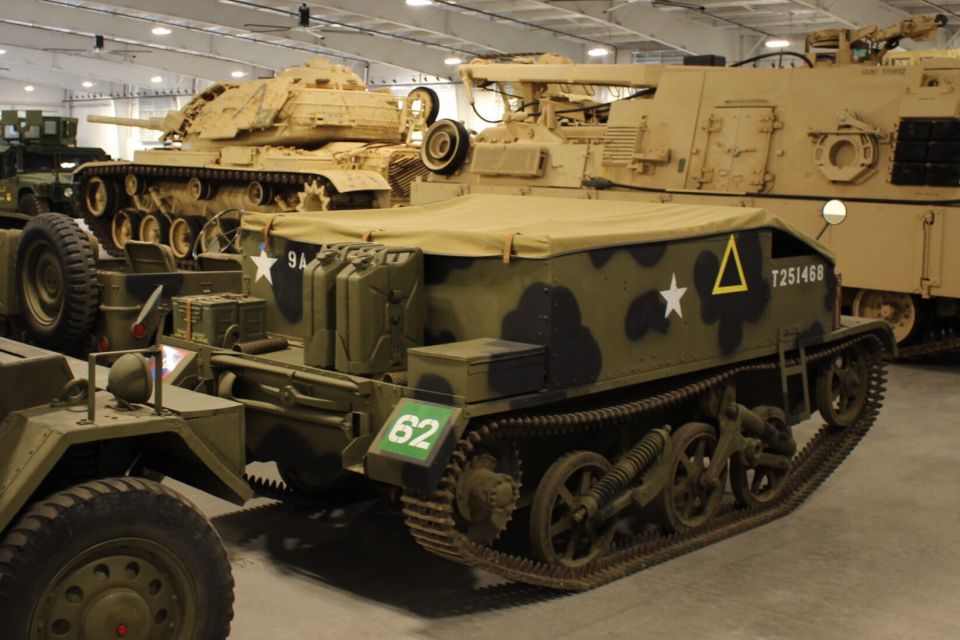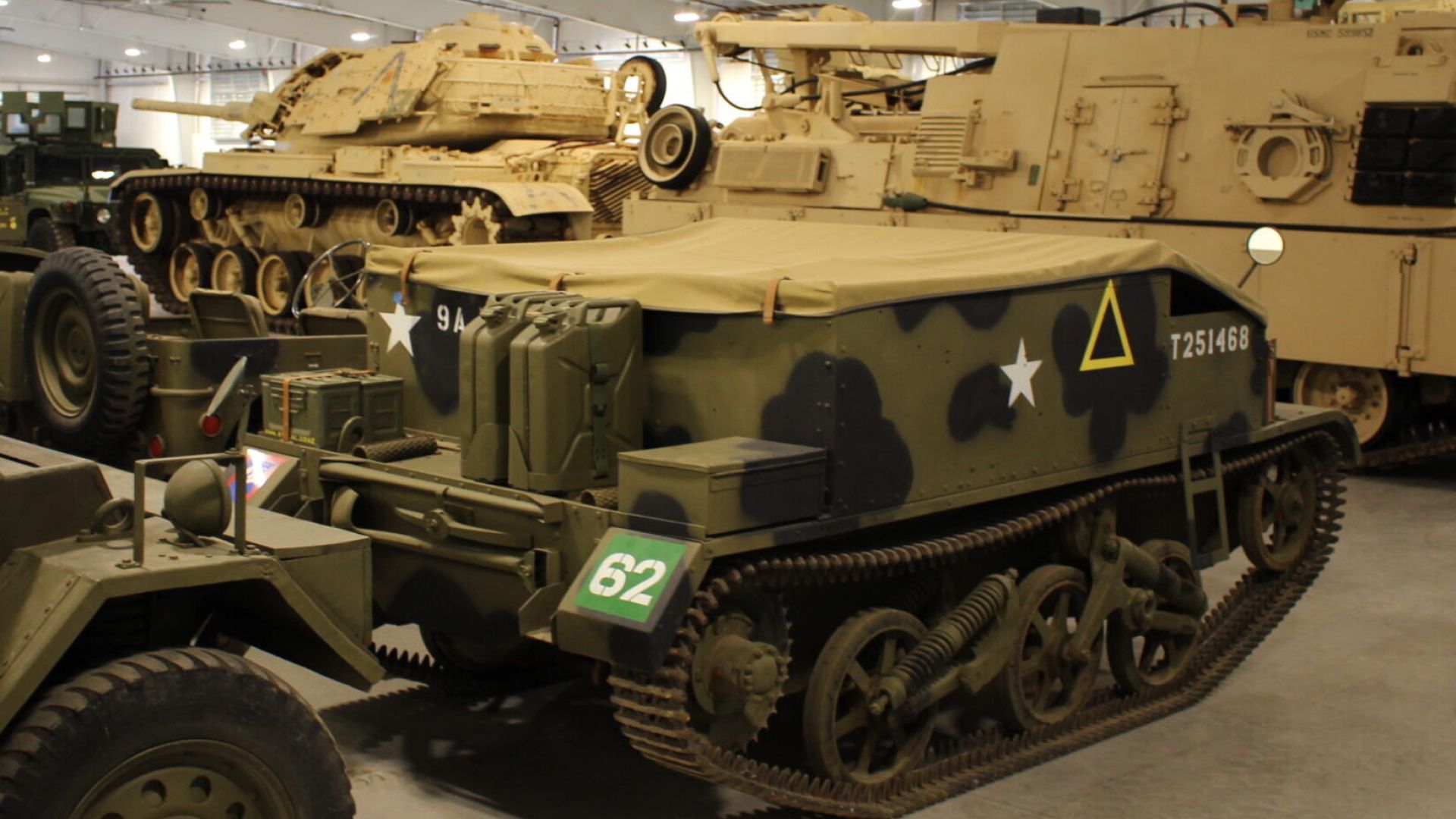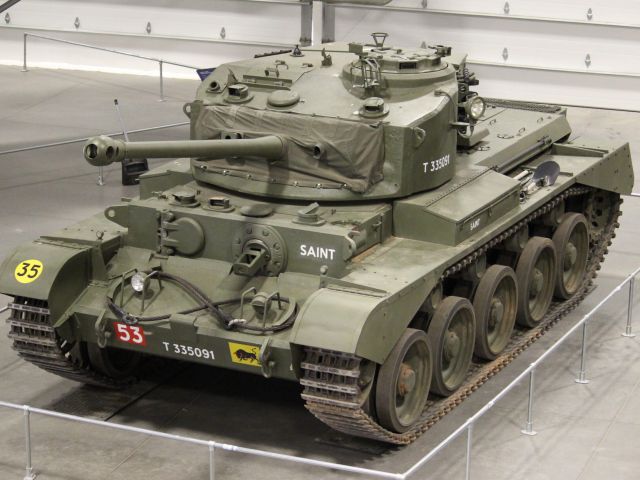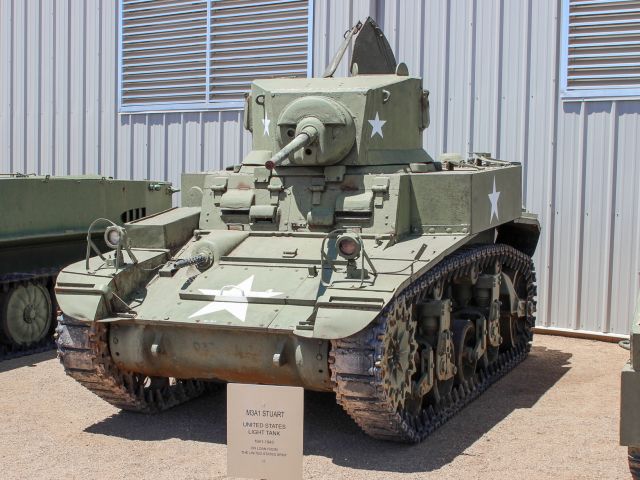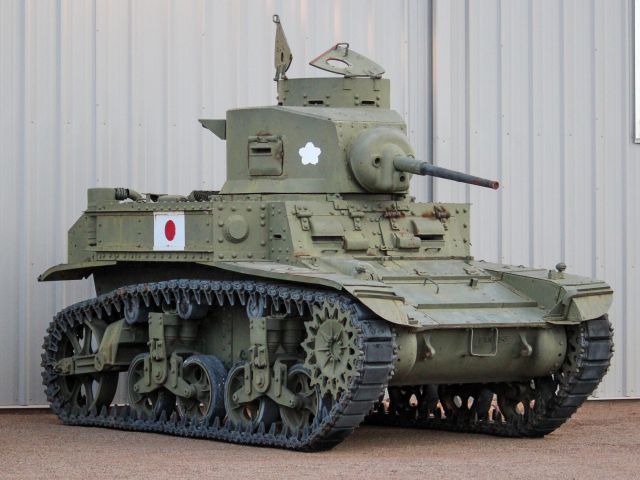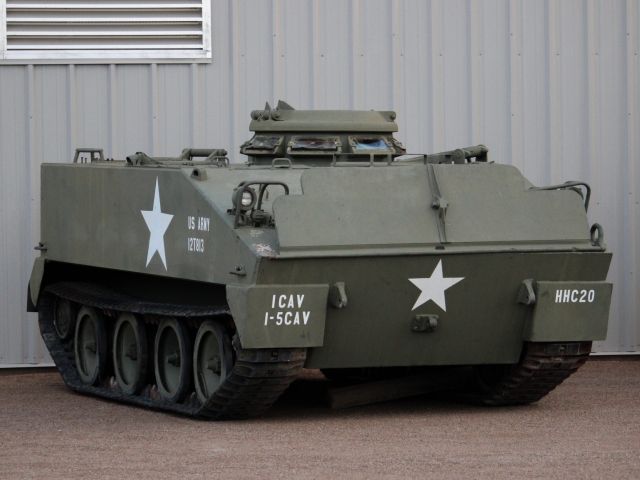Technical Specifications
-
Enter Service:1929
-
Crew:2
-
Weight:1.5 long tons
-
Dimensions:Length: 8 ft 1 in, Width: 6 ft 6.5 in, Height: 4 ft
-
Armament:.303-inch Vickers machine gun with 1,000 rounds
-
Armor:.24–.35 in
-
Powerplant:Ford Model T petrol 4-cylinder engine
-
Performance:Speed: 30 mph on road, Range: 100 mi
Description
The British Universal Carrier, often referred to as the “Bren Gun Carrier,” was a World War II vehicle used by the Allied armies in every theater. The concept of a tankette began in the mid-1920s as a private project in the garage of Major Giffard Martel, British military engineer and tank strategies. In 1927, Carden-Loyd built an expanded variant tankette known as the Mark VI. It was powered by a Ford Model T petrol engine. The following year, Carden-Loyd merged with Vickers-Armstrong, and the small machine-gun carrier become a major component of the British Army.
Designated by the British Army as Carrier Machine-Gun Number 1 Mark 1, a newer version soon followed named the Carrier Machine-Gun Number 1 Mark 2. The Gun Carrier was upgraded into multiple variants. The major change occurred in 1935 with the decision to replacement the venerable Lewis Gun with the Czech .303 Bren Gun. By 1937, the Universal Carrier was fully designed to carry the Bren Gun. Nearly three years later, the popular and unofficial name for the Universal Carrier “Bren Gun Carrier” was supplied to British Infantry Battalions.
Approximately 450 Universal Carriers were produced from 1927 to 1935. The Royal Ordnance Factories were the only producers of the tankette between 1933 and 1935. Poland purchased the first tankettes and license to build its’ own version, TKS, tankettes in 1929. The following year other countries began to purchase licenses and produce tankettes for military services. A few of the countries were Czechoslovakia, the Soviet Union, Empire of Japan, Italy, and Canada. The Carden-Loyd Tankettes were supplied to France, India, Latvia, the Netherlands, and Siam. The design of the German Panzer I light tank was influenced by the Carden Loyd Tankette, due to the German military cooperation with the Soviet Union.
From the Count Ferdinand von Galen Collection, donated by his family in memoriam.
